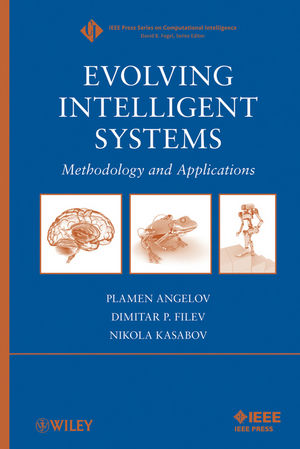Evolving Intelligent Systems: Methodology and ApplicationsISBN: 978-0-470-28719-4
Hardcover
464 pages
March 2010, Wiley-IEEE Press
 |
||||||
From theory to techniques, the first all-in-one resource for EIS
There is a clear demand in advanced process industries, defense, and Internet and communication (VoIP) applications for intelligent yet adaptive/evolving systems. Evolving Intelligent Systems is the first self- contained volume that covers this newly established concept in its entirety, from a systematic methodology to case studies to industrial applications. Featuring chapters written by leading world experts, it addresses the progress, trends, and major achievements in this emerging research field, with a strong emphasis on the balance between novel theoretical results and solutions and practical real-life applications.
-
Explains the following fundamental approaches for developing evolving intelligent systems (EIS):
-
- the Hierarchical Prioritized Structure
-
the Participatory Learning Paradigm
-
the Evolving Takagi-Sugeno fuzzy systems (eTS+)
-
the evolving clustering algorithm that stems from the well-known Gustafson-Kessel offline clustering algorithm
-
Emphasizes the importance and increased interest in online processing of data streams
-
Outlines the general strategy of using the fuzzy dynamic clustering as a foundation for evolvable information granulation
-
Presents a methodology for developing robust and interpretable evolving fuzzy rule-based systems
-
Introduces an integrated approach to incremental (real-time) feature extraction and classification
-
Proposes a study on the stability of evolving neuro-fuzzy recurrent networks
-
Details methodologies for evolving clustering and classification
-
Reveals different applications of EIS to address real problems in areas of:
-
-
evolving inferential sensors in chemical and petrochemical industry
-
learning and recognition in robotics
-
-
Features downloadable software resources
Evolving Intelligent Systems is the one-stop reference guide for both theoretical and practical issues for computer scientists, engineers, researchers, applied mathematicians, machine learning and data mining experts, graduate students, and professionals.



